This new study from Washington State in the U.S. has revealed a link between premature mortality from Parkinson’s disease and exposure to glyphosate and paraquat.
Estimated residential exposure to agricultural chemicals and premature mortality by Parkinson’s disease in Washington state
Full Paper: https://www.mdpi.com/1660-4601/15/12/2885/htm
Authors: Mariah Caballero, Solmaz Amiri, Justin T. Denney, Pablo Monsivais, Perry Hystad, Ofer Amram
Abstract
The aim of this study was to examine the relationship between estimated residential exposure to agricultural chemical application and premature mortality from Parkinson’s disease (PD) in Washington State. Washington State mortality records for 2011–2015 were geocoded using residential addresses, and classified as having exposure to agricultural land-use within 1000 meters. Generalized linear models were used to explore the association between land-use associated with agricultural chemical application and premature mortality from PD. Individuals exposed to land-use associated with glyphosate had 33% higher odds of premature mortality than those that were not exposed (Odds Ratio (OR) = 1.33, 95% Confidence Intervals (CI) = 1.06–1.67). Exposure to cropland associated with all pesticide application (OR = 1.19, 95% CI = 0.98–1.44) or Paraquat application (OR = 1.22, 95% CI = 0.99–1.51) was not significantly associated with premature mortality from PD, but the effect size was in the hypothesized direction. No significant associations were observed between exposure to Atrazine (OR = 1.21, 95% CI = 0.84–1.74) or Diazinon (OR = 1.07, 95% CI = 0.85–1.34), and premature mortality from PD. The relationship between pesticide exposure and premature mortality aligns with previous biological, toxicological, and epidemiological findings. Glyphosate, the world’s most heavily applied herbicide, and an active ingredient in Roundup® and Paraquat, a toxic herbicide, has shown to be associated with the odds of premature mortality from PD.





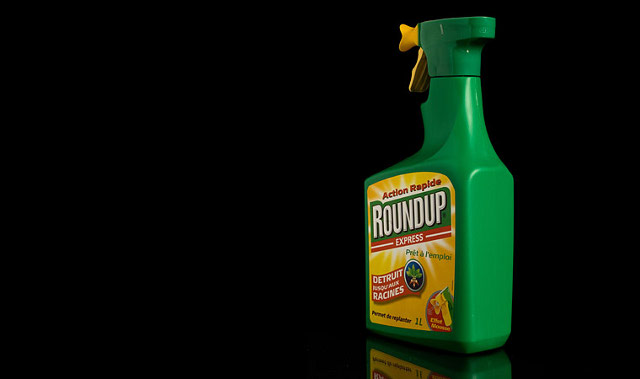











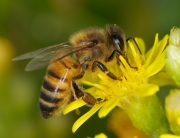








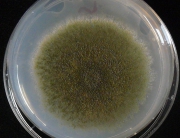
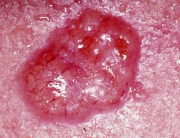

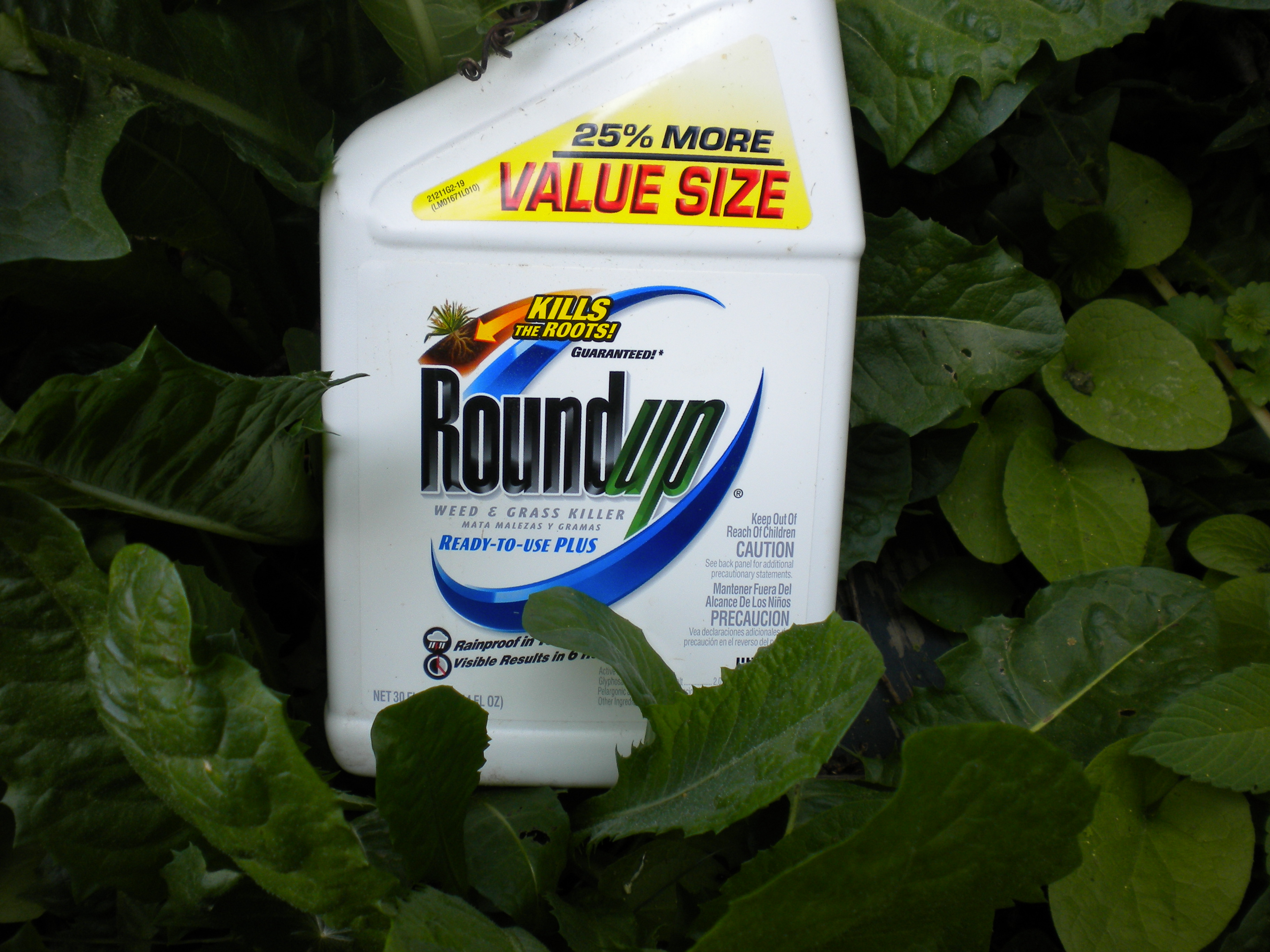
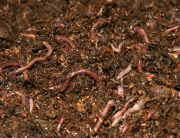





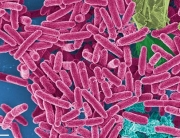

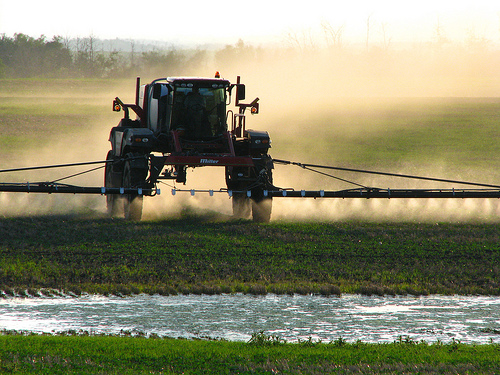

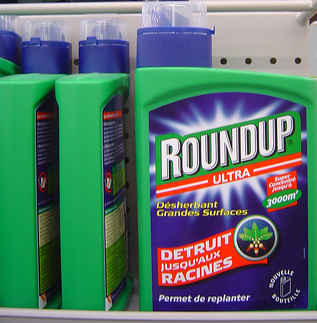
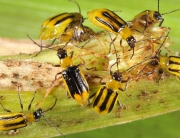
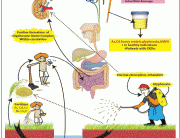
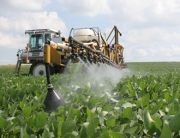
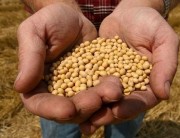
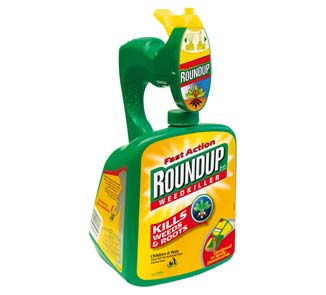
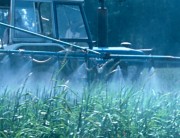

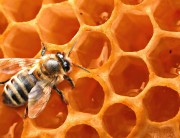
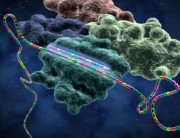
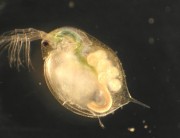
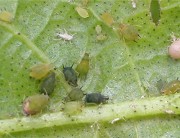

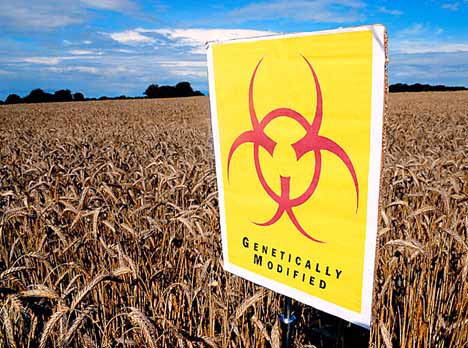
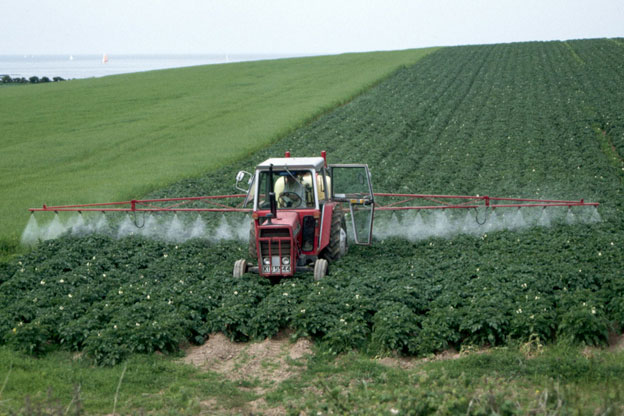


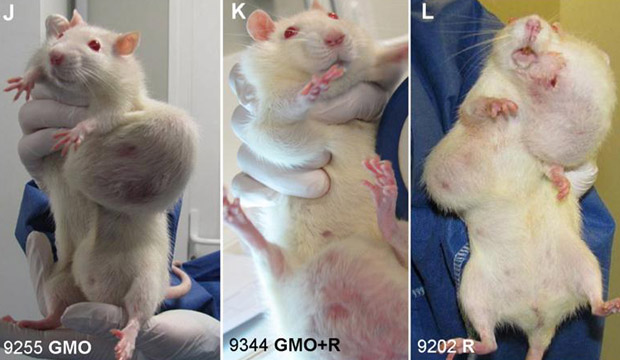
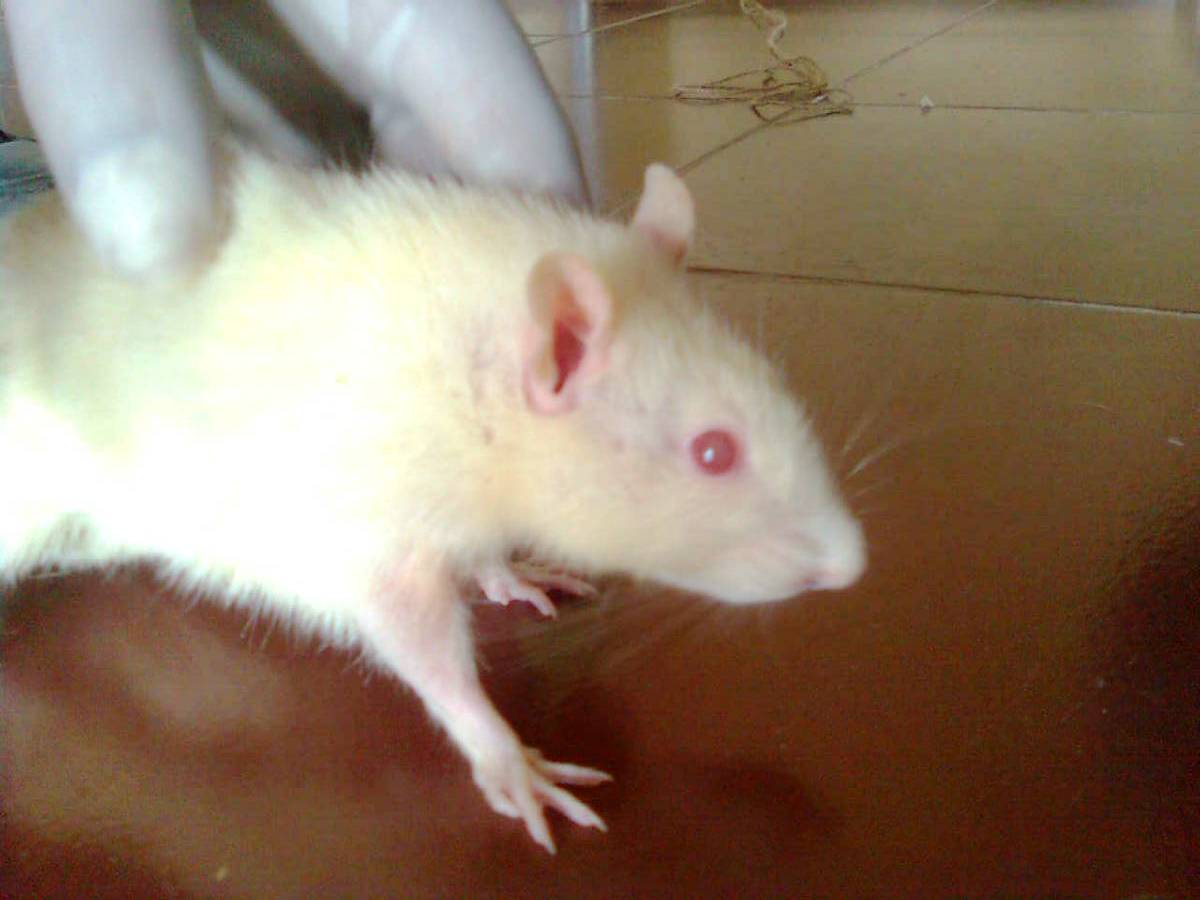

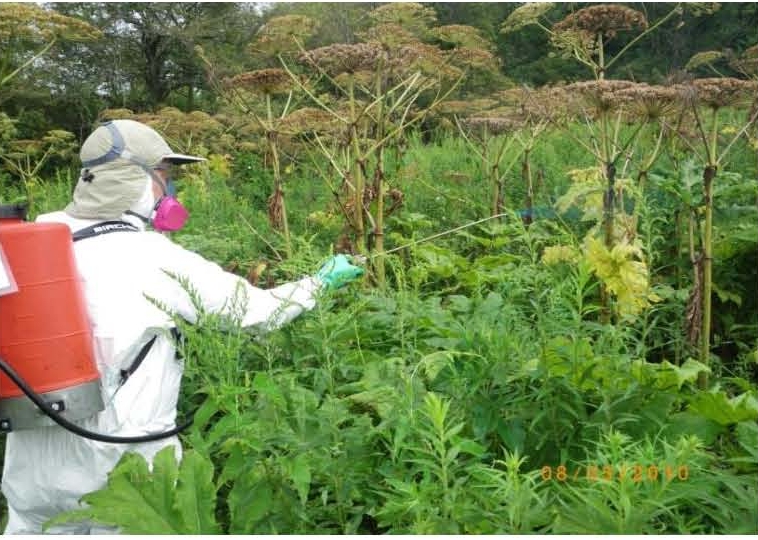


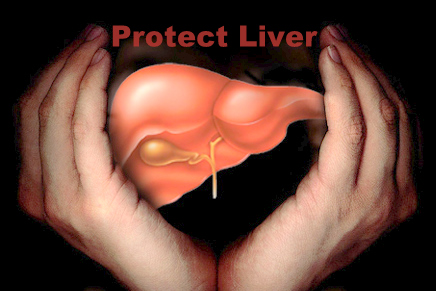
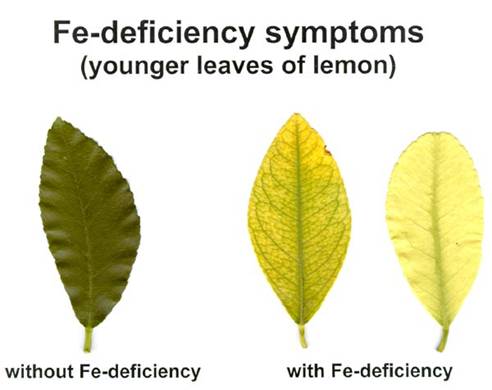
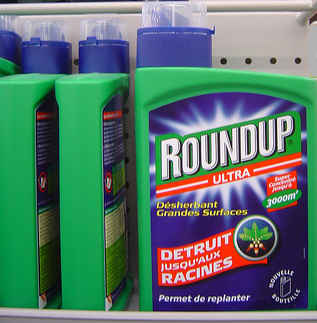

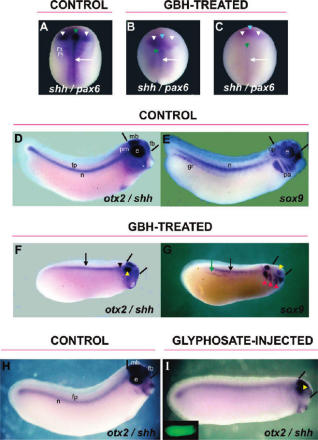
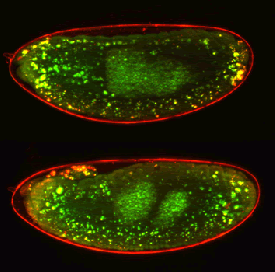
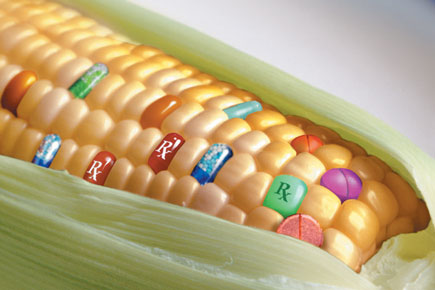


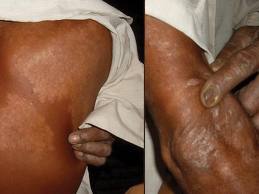


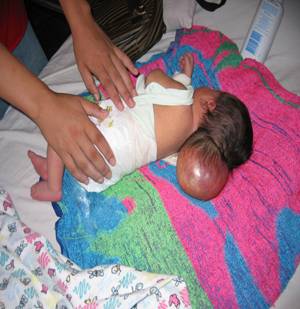
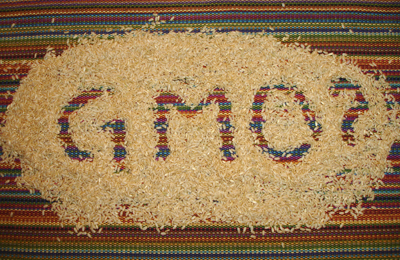
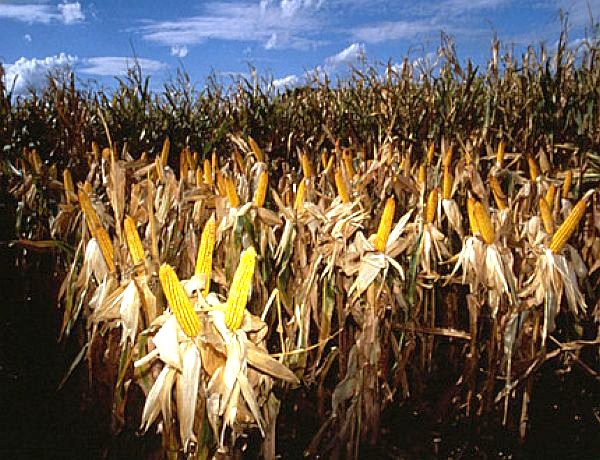
Roundup is the problem; not GM crops themselves. I get the link, that because they’re more resistant people will potentially spray them with more Roundup. BUT, focus on getting Roundup OFF the market. Not demonizing GMOs…